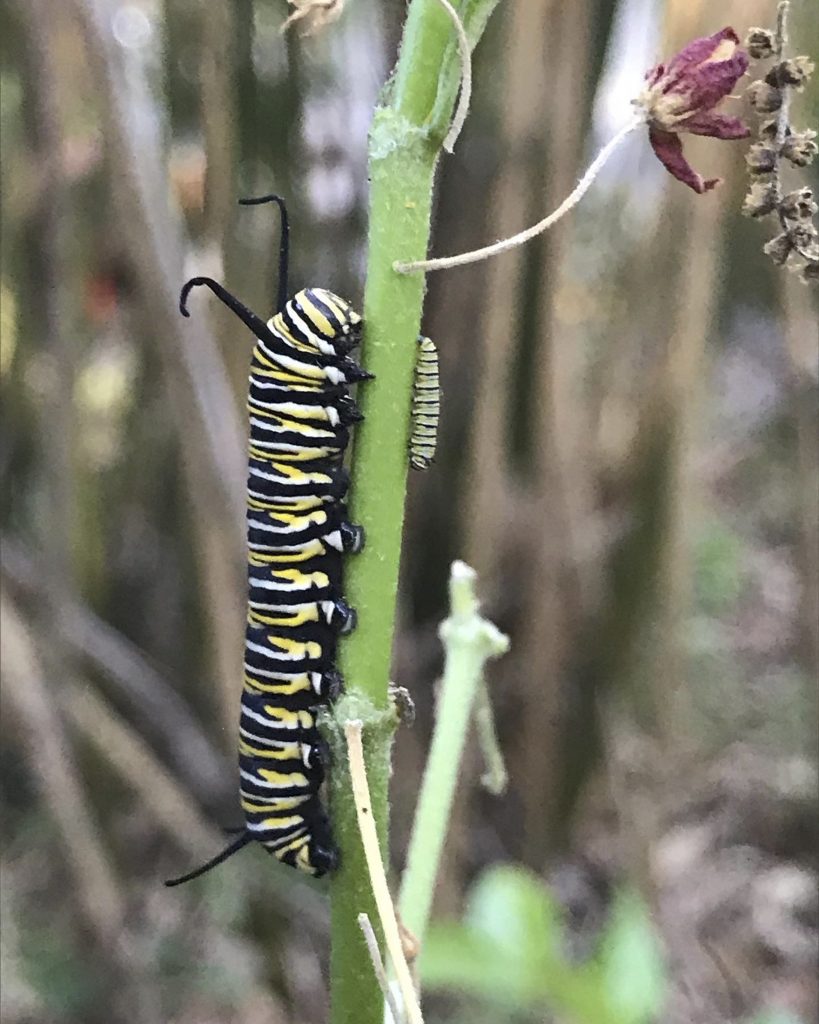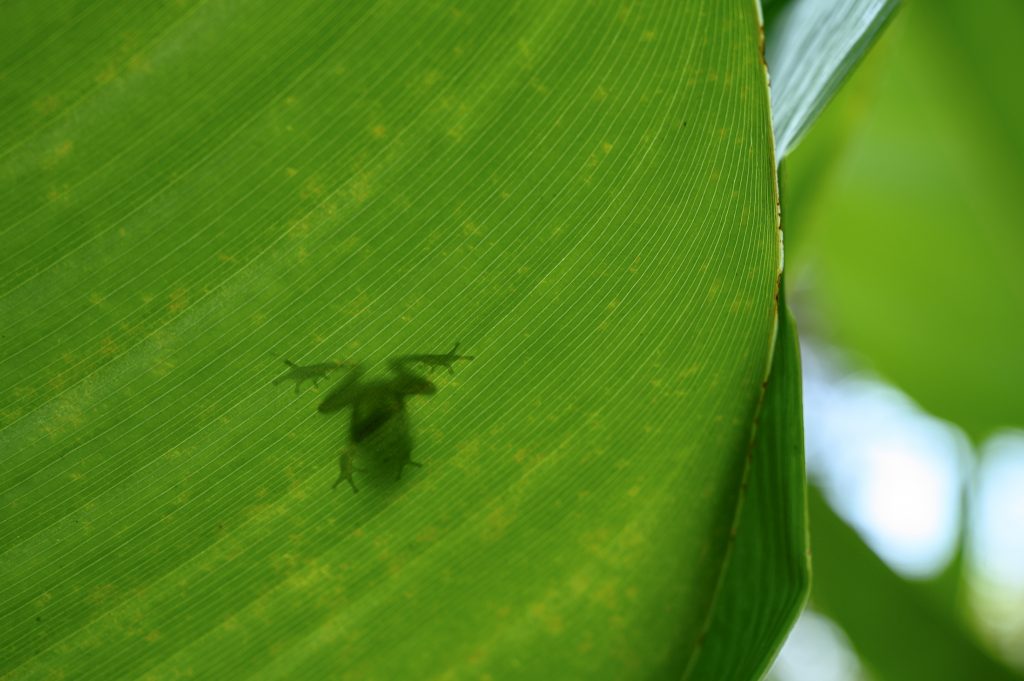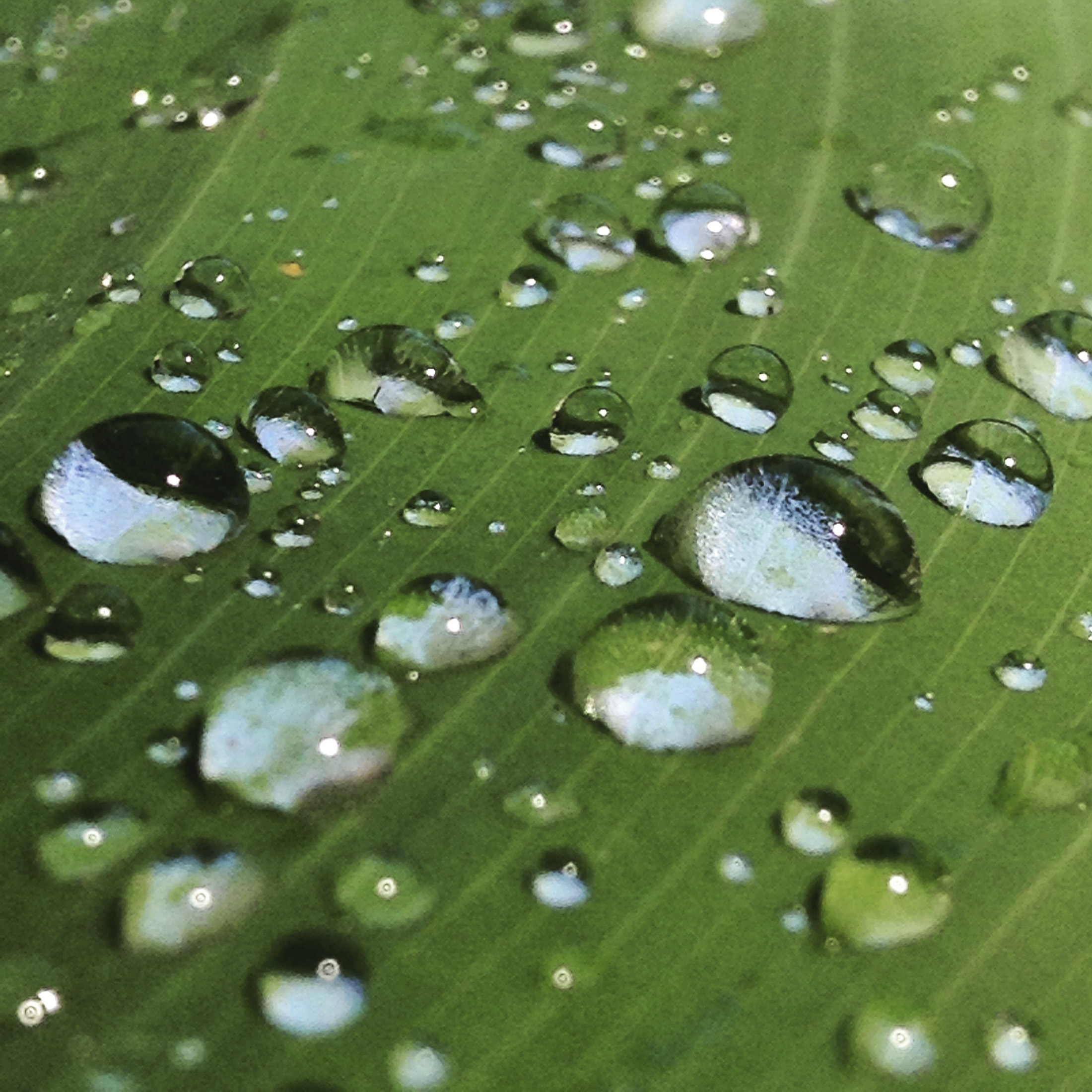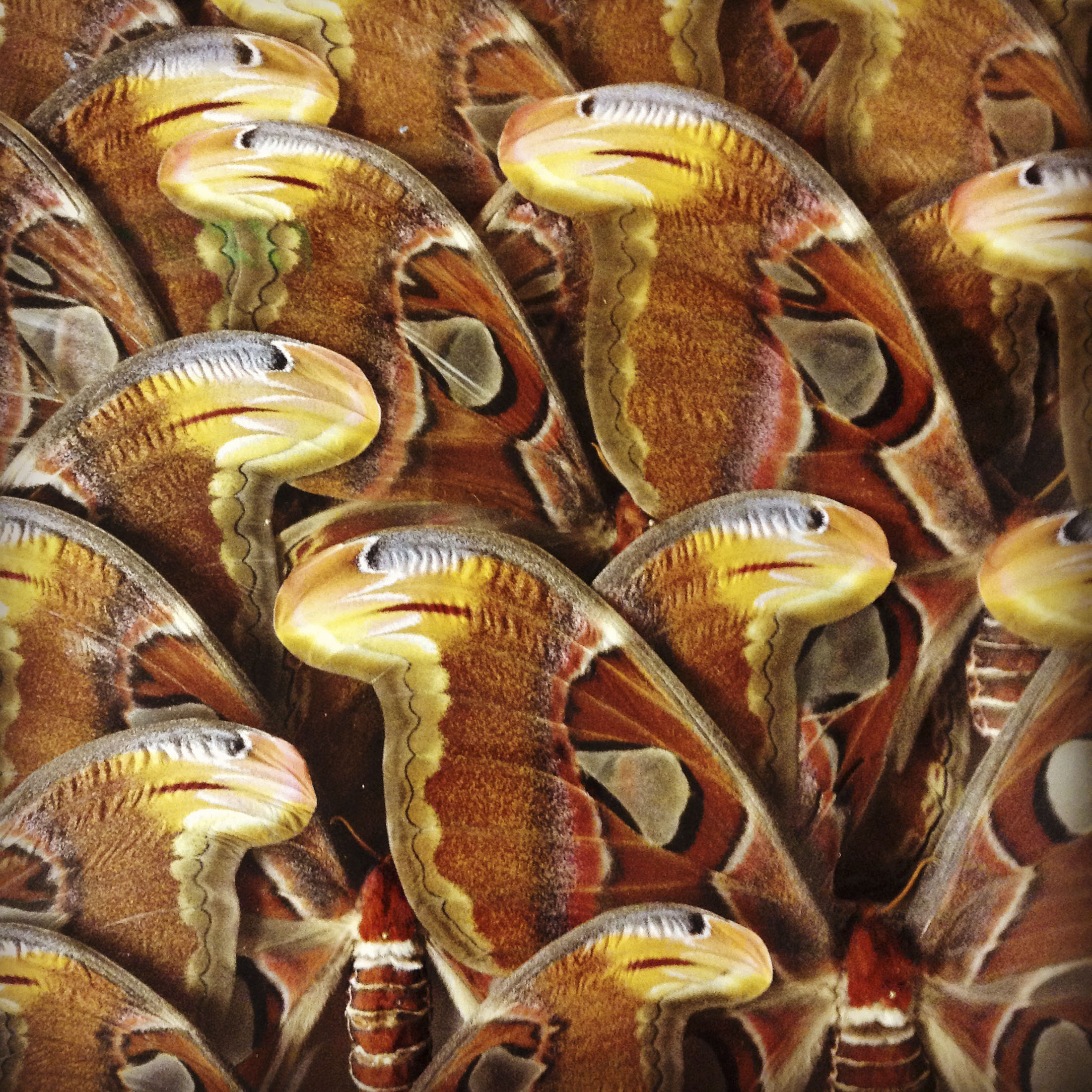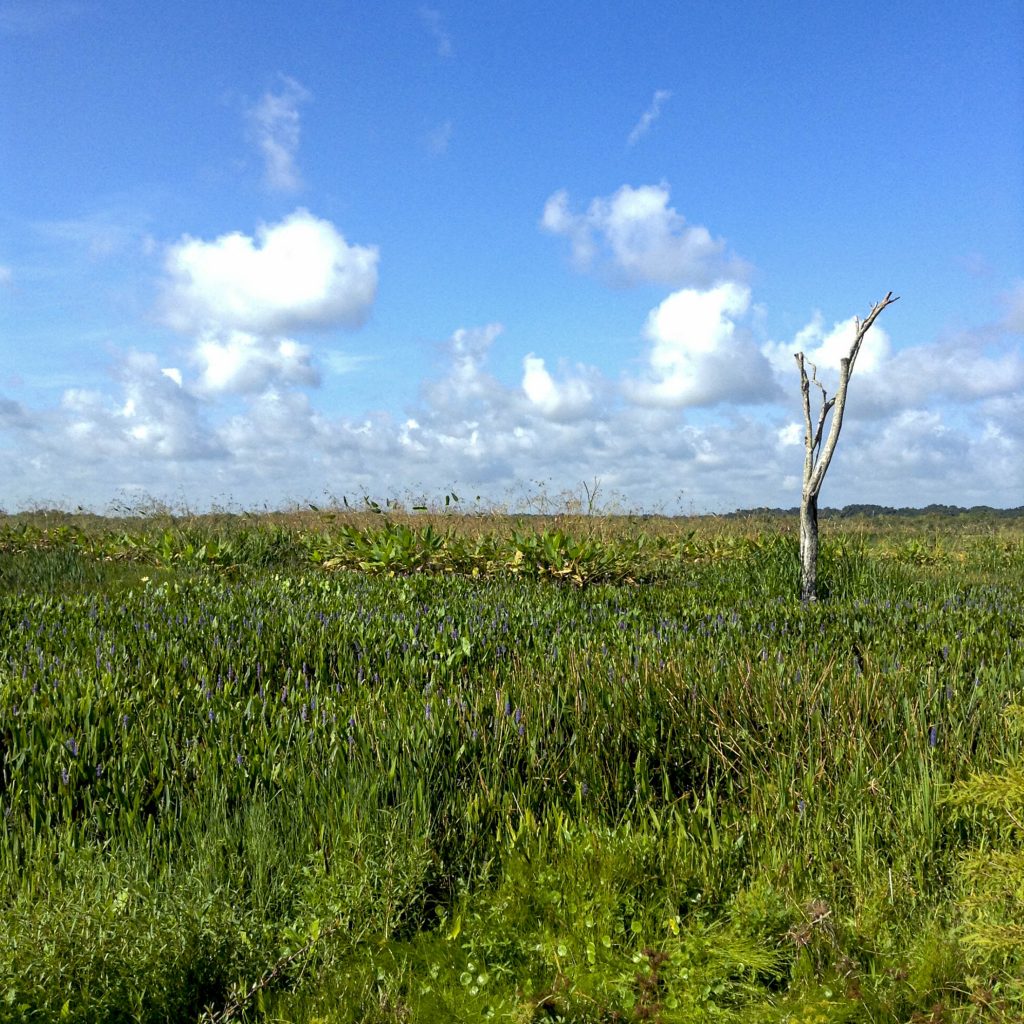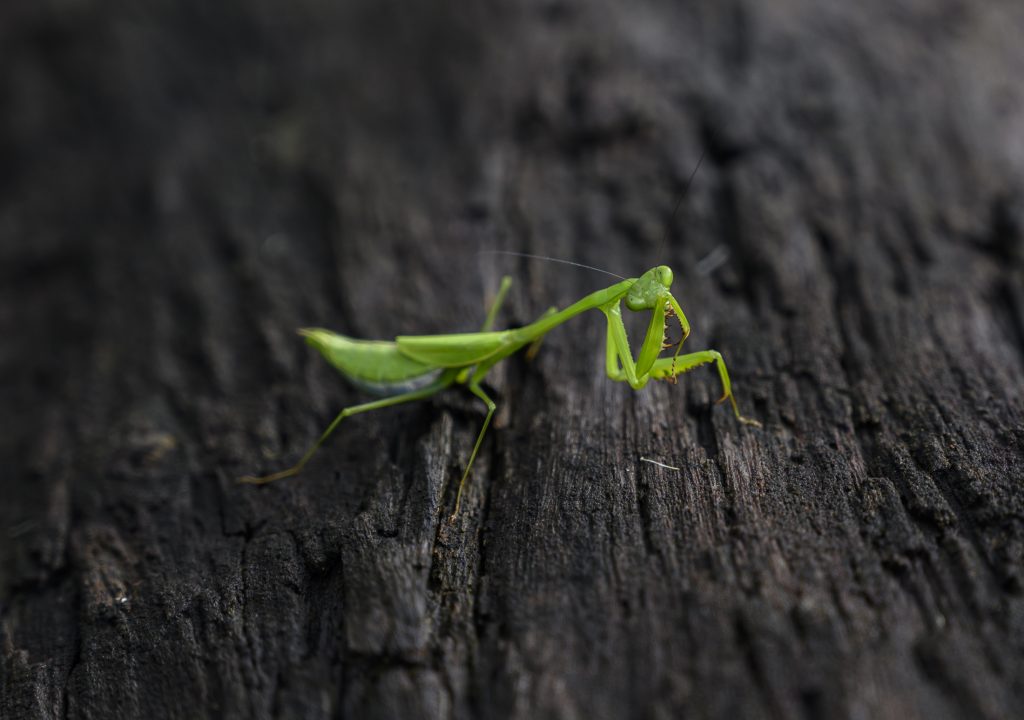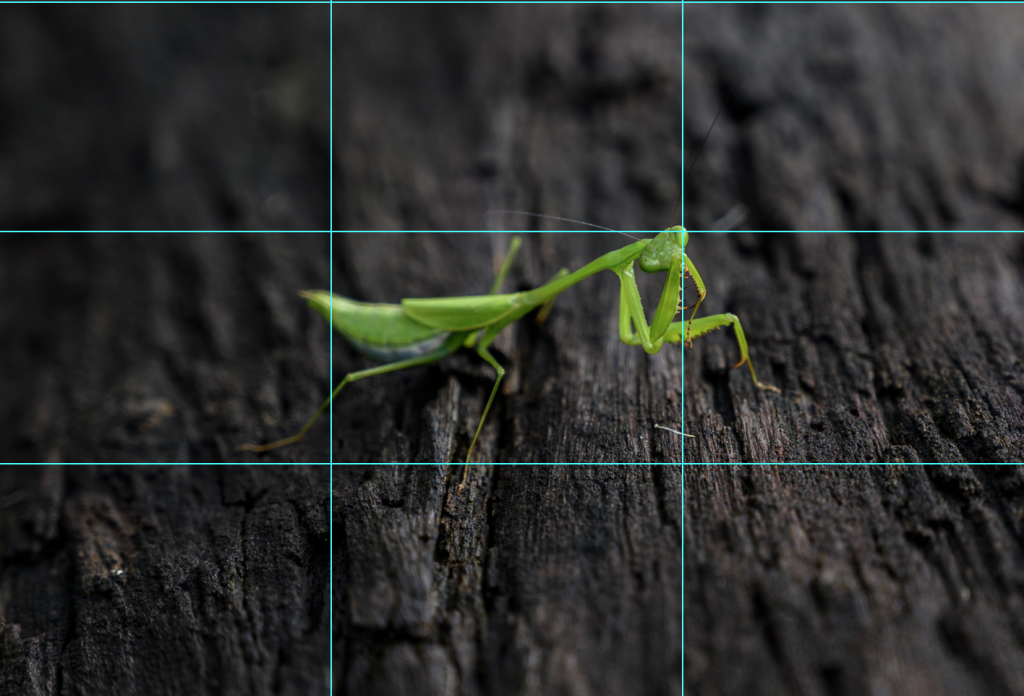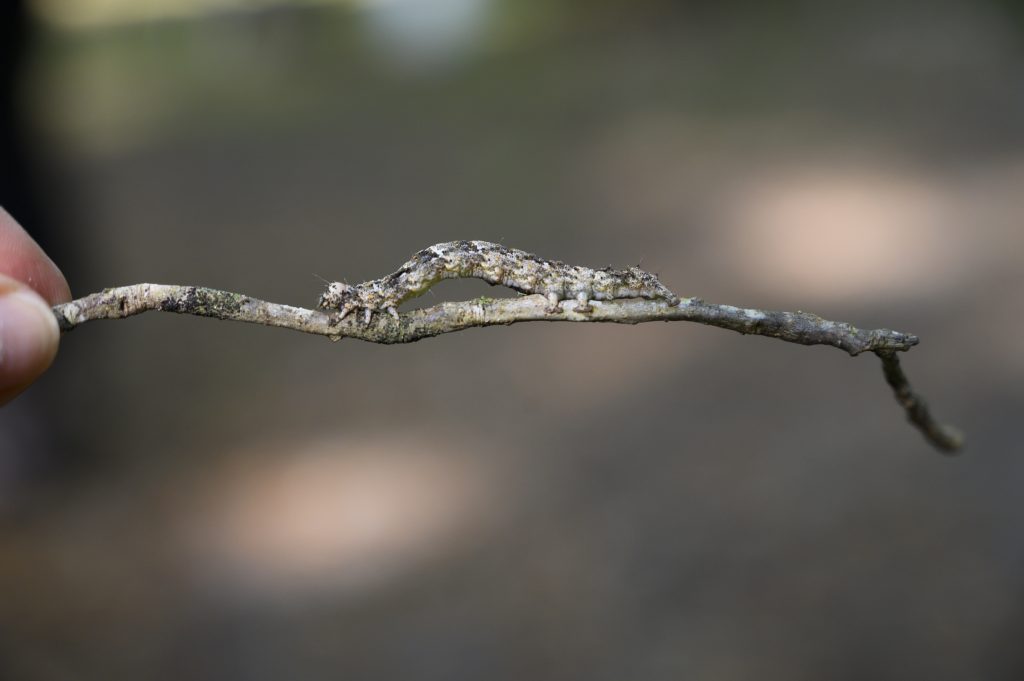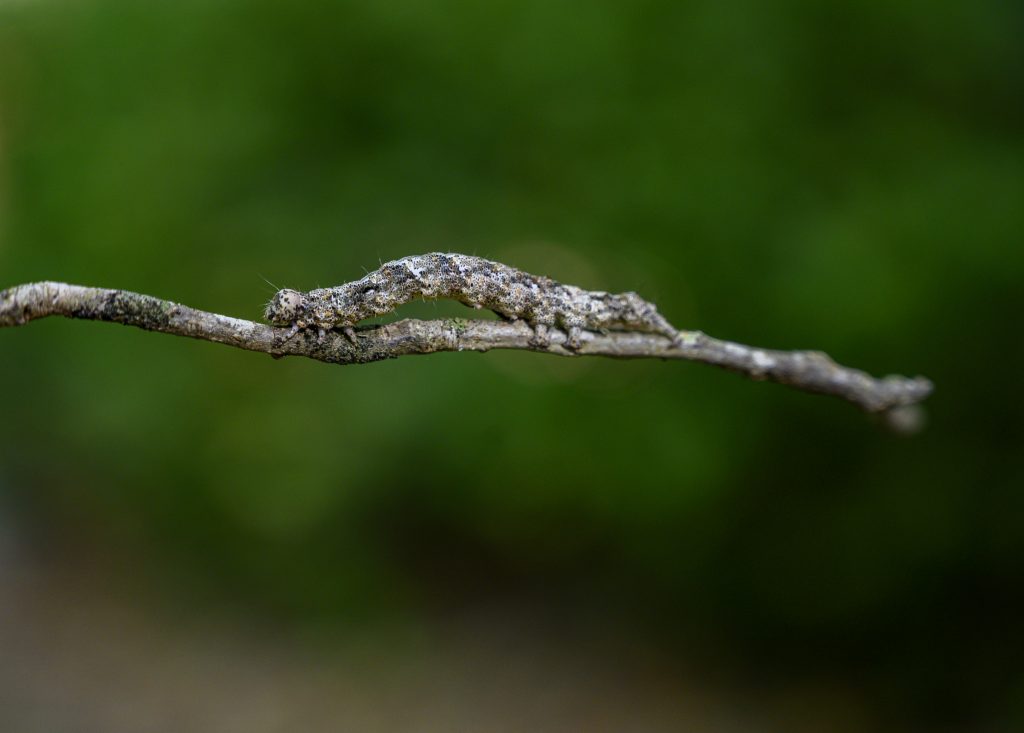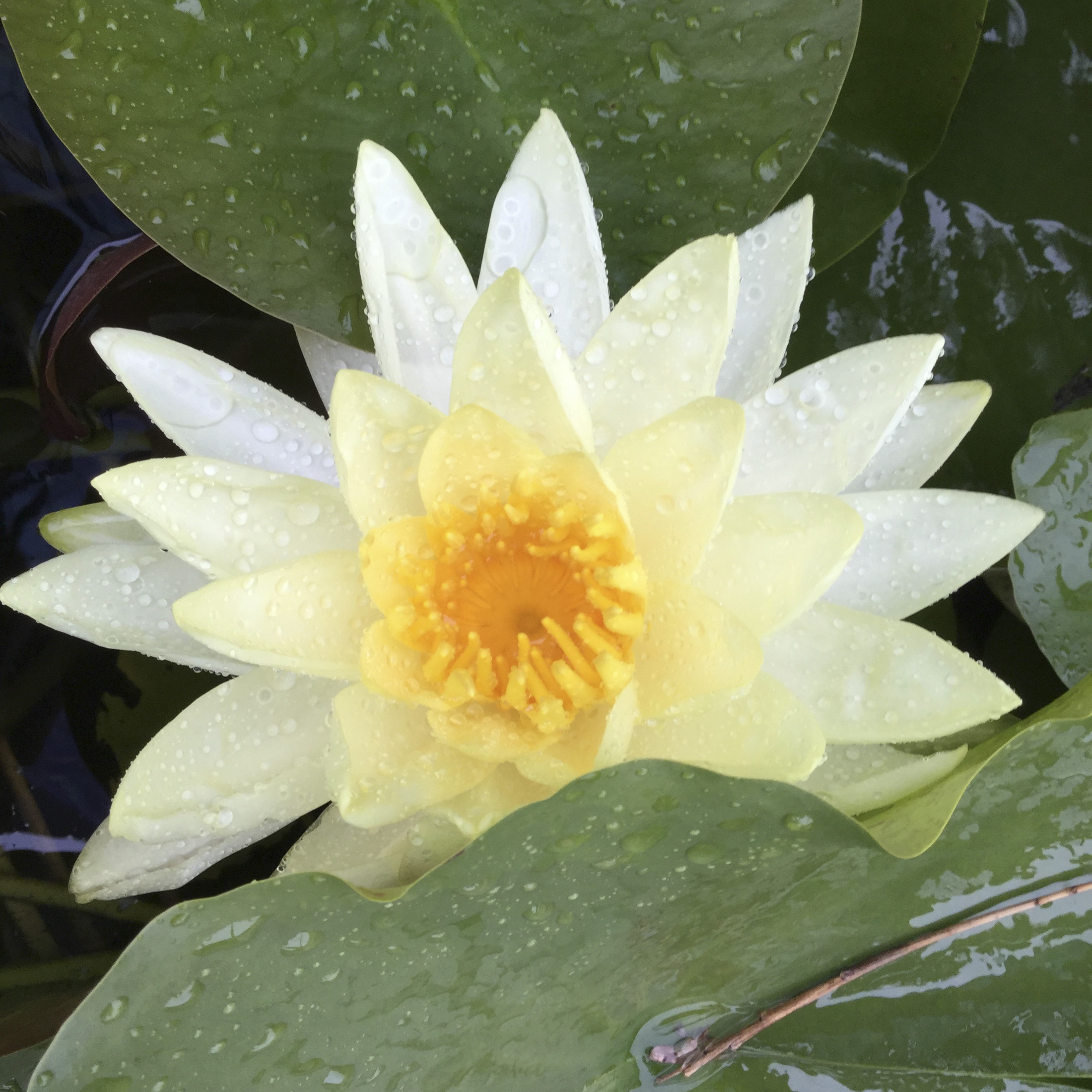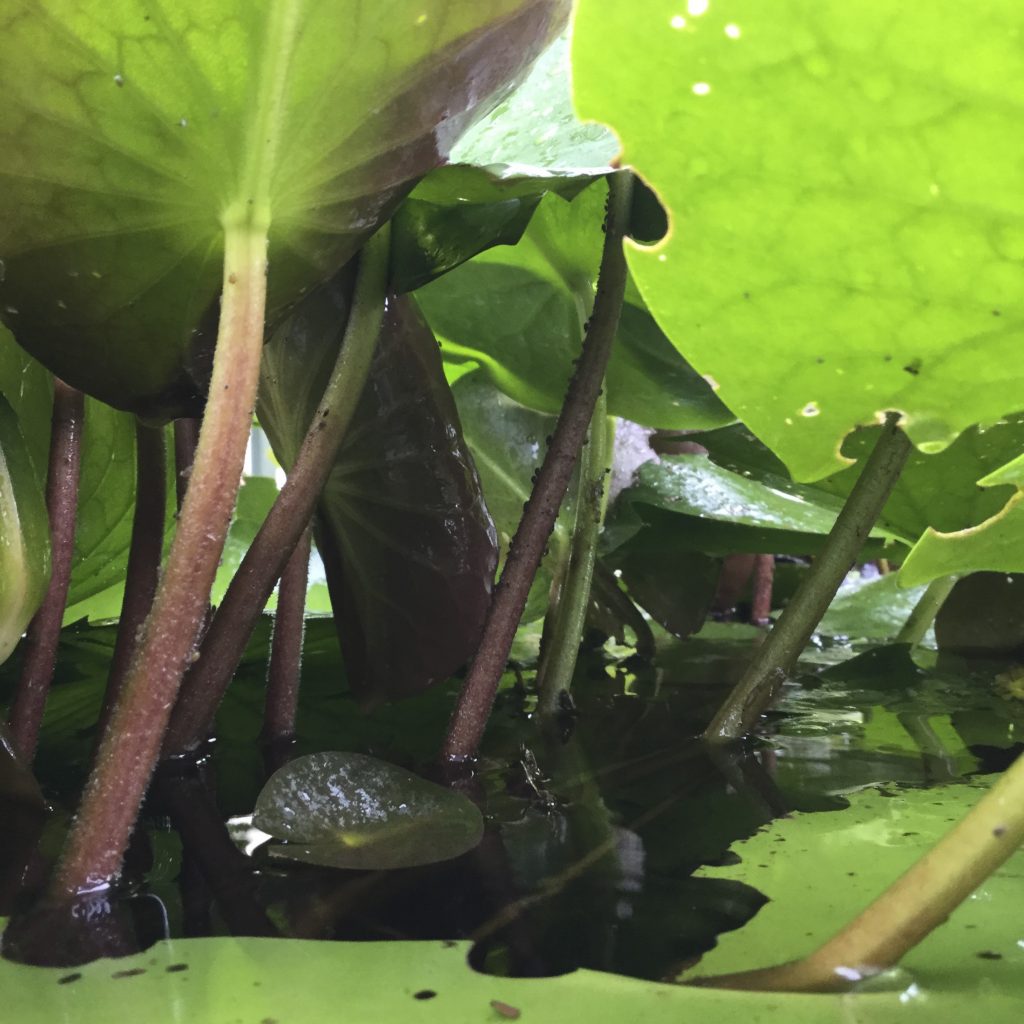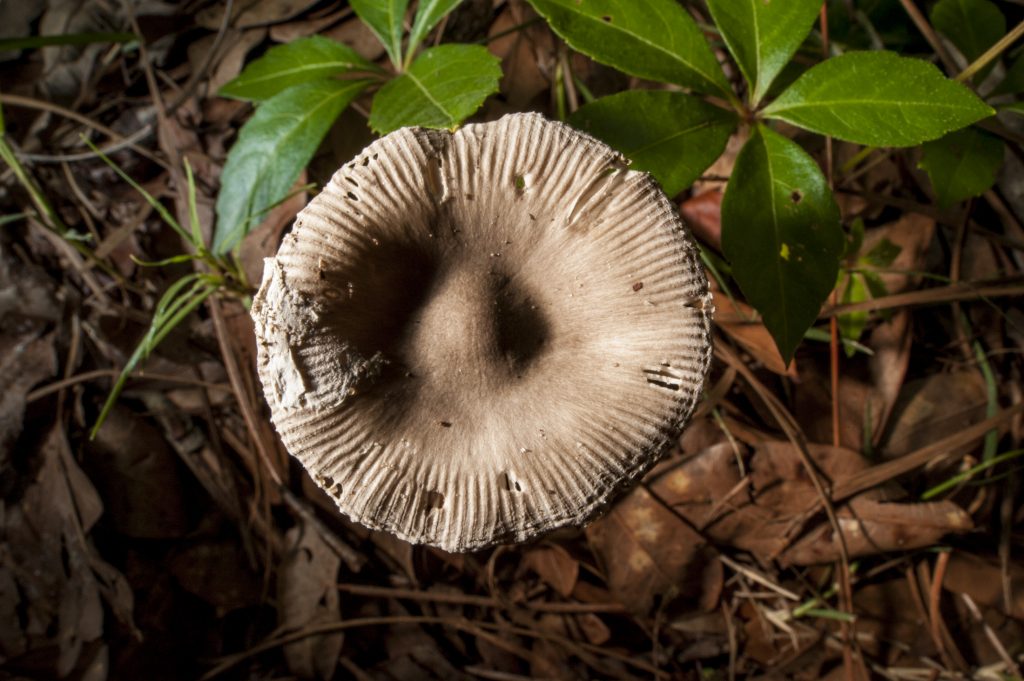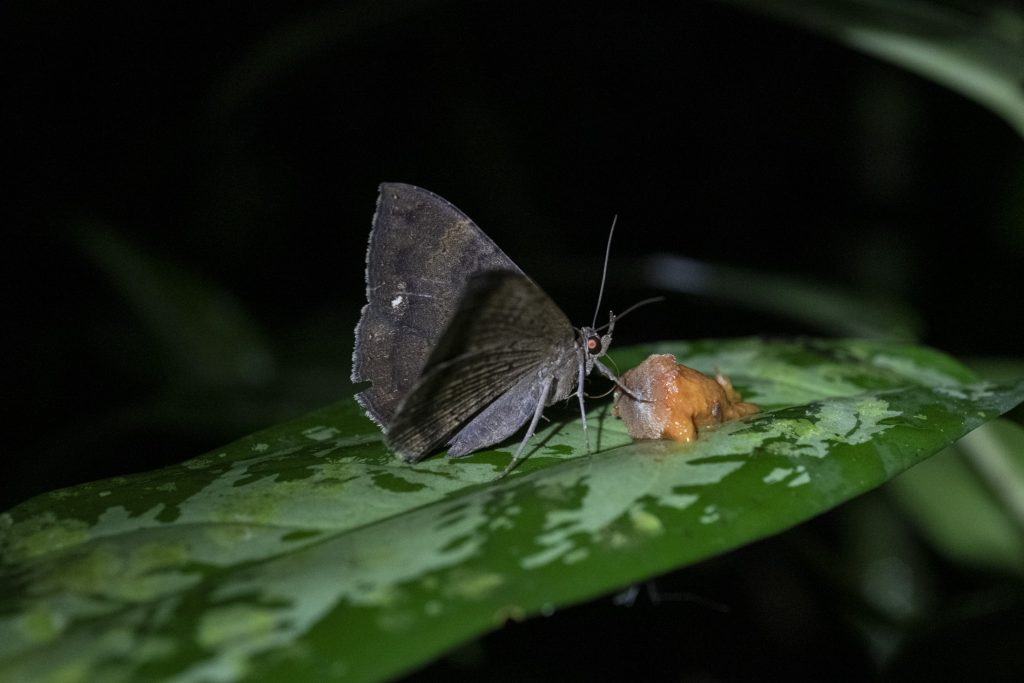During this time of shelter in place, you may find yourself wondering what to do.
Perhaps you are trying to work from home, educate children, take care of sick loved ones or are sick yourself (hopefully not!) The current global situation is overwhelming for sure, and the bizarre isolation in your home-life bubble can be as equally overwhelming and boring at the same time.
That is why there is no better time than now to take a breather, step outside and observe the spring season unfolding around us, wherever you may be.
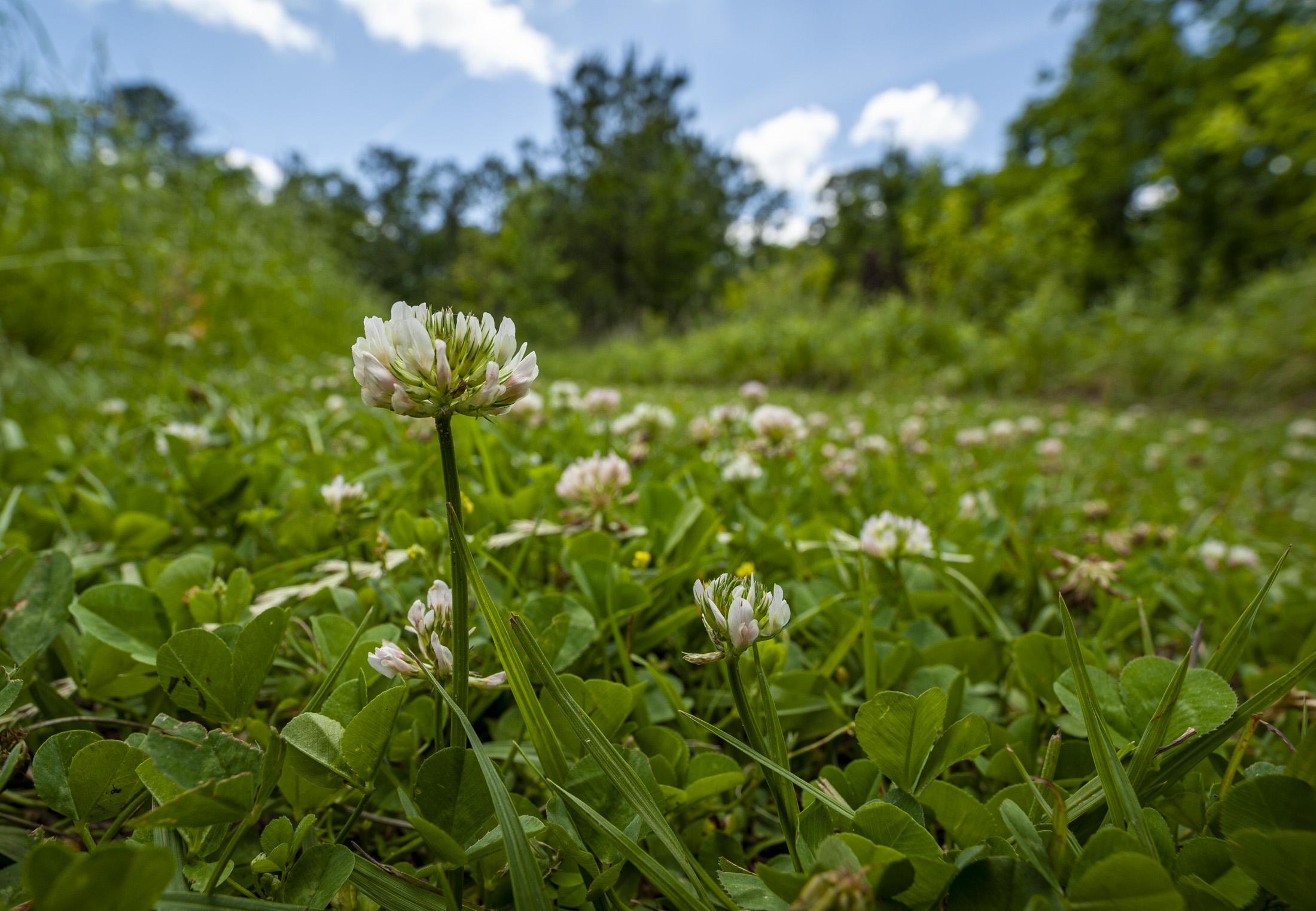
Here in Florida, we’ve hit 90 degrees on recent days, rubbing our eyes trying to clear the yellow blanket we see on everything and doing rain dances (it worked!) while flowers bloom, trees burst out vibrant new green leaves and insects in the yard abound.
Recent studies have shown that time in nature has several health benefits, from lowering one’s heart rate and awakening the senses to clearing the mind and activating different regions of the brain.
Take advantage of the opportunity to pleasantly distract yourself by grabbing your camera and stepping outside for a few moments. You’ll be surprised by the abundance of life buzzing around just one plant, even if it’s potted. What can you see in 10 minutes of quiet, still observation? This means really looking, and then documenting it.
What? Did I hear you say that you can’t take good photos? … That your phone or camera takes bad photos? Let me offer some hints and tips.
Hint # 1: Phones and cameras don’t take photos, photographers (you) do.
Hint #2: You don’t need a fancy camera/phone/device to take good photos.
You just need good light, a basic understanding of what makes a good photo (which I will provide here), a little luck and a little knowledge about the device you are using to take photos (yes, you may need to do a little research to answer questions you may have).
There are tons of resources out there about iPhoneography, taking better photos with your mobile device, but I am going to provide a few tips that you can apply to any type of tool you use to take a photo.
Here are the basics:
- Ensure the image is sharp and in focus. A blurry or out-of-focus image can be unappealing. Take the time to really examine your photo and zoom in on your picture after you’ve taken it — this is the digital age after all. If your subject is not as “sharp as a tack,” retake the photo.
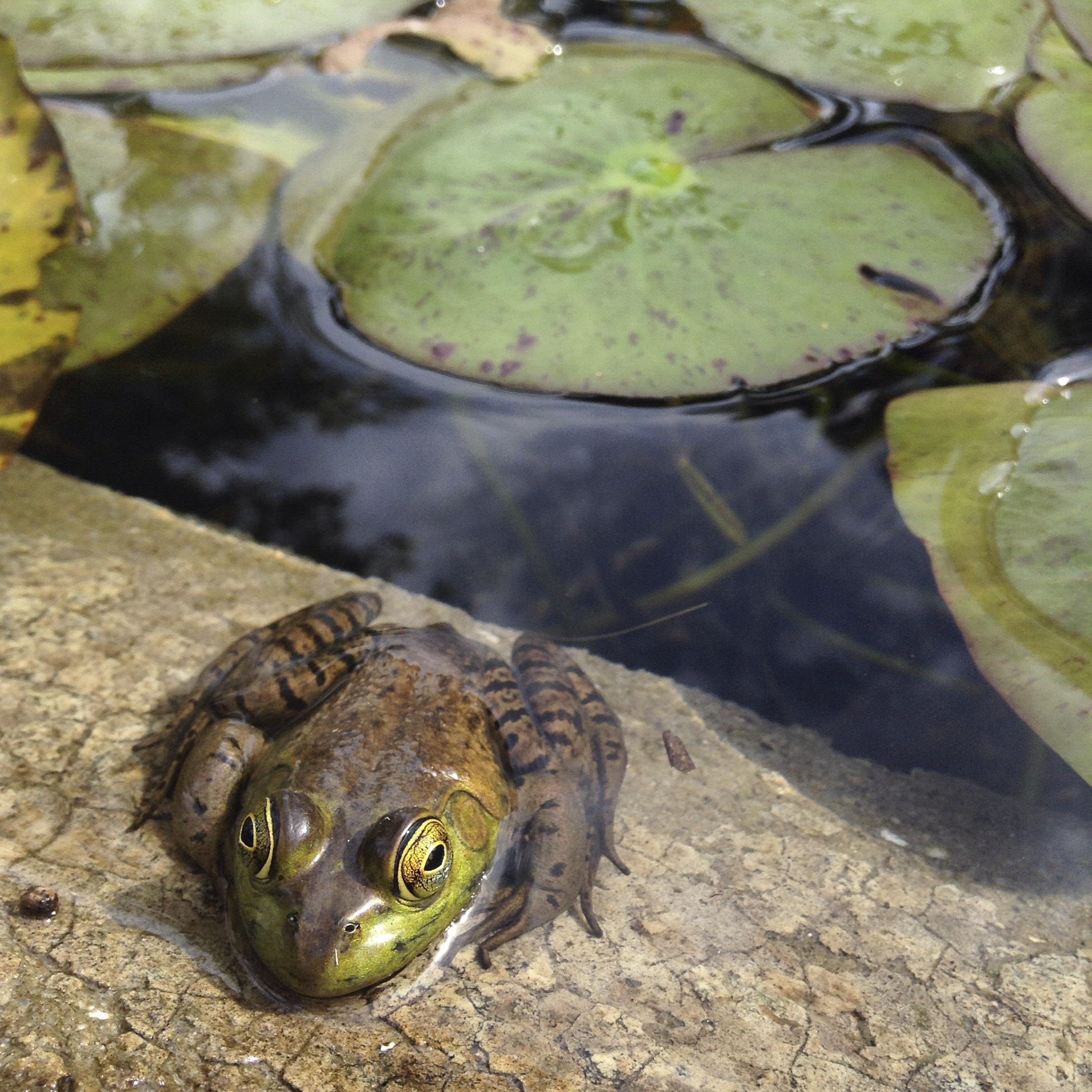
- Fill the frame of the image with relevant subject matter. In photography, composition is everything. Pay close attention to how the subject of your photo is presented. Are there things in your image that aren’t relevant to your picture? Make sure that every component in your image is a part of the picture, contributing to the story you are trying to tell. Mastering composition takes time, but with practice you’ll begin to see what works and what doesn’t.
- Utilize the cardinal rule of photography, the rule of thirds – placing your subject at one of the cross points when you divide your screen into thirds horizontally and vertically. Most smart device camera apps will allow you to turn on a grid overlay to help frame your picture in an appealing way.
- Be mindful of the background and that it is not too distracting. Busy backgrounds can kill the moment of your image. You want your image to quickly and clearly deliver a visual message, evoke a feeling. If your viewer has to study the image for a while to decipher what the subject is due to a busy background, the moment is gone.
- Try a unique angle, safely. Changing your angle to craft an image can be very rewarding. A slight change can have profound effects on how something looks. Photographing plants or bugs? Get down on the ground, make them look huge. Photographing a landscape? Hold your camera high over your head or carefully climb a ladder for a higher perspective. Waterproof camera? Stick it underwater. We see things from “shoulder height” all the time. It’s refreshing to see things from angles that we aren’t used to viewing.
- Pay attention to lighting and ensure the image is properly exposed. If there is only darkness, there is no image. Studying light is fun. Once you start making real observations about how light works, how it changes the way things look, you will see it all the time, everywhere, even when you aren’t taking photos. Sometimes, the light is just simply “bad” (think high-noon), or it is just too dim for the camera you are using. Sure, there are fancy light kits and off-camera flashes, but any light source can do. Try a strong headlamp at night to illuminate night bugs! A bright flashlight during the day can help illuminate harsh shadows. Keep in mind that different types of light have different color temperatures, which, depending on the camera, may be visible in your photo. This can either be appealing or annoying, but don’t be afraid to get creative.
Okay, you’re stuck at home, you have your camera, you’ve tried these tips … now, what to do with all of these new images? Keep a visual journal of the nature you observe around you. Create a practice to continue documenting through changing seasons and observe what is different and what stays the same. Use apps like iNaturalist to upload your images for identification and begin to learn more about your surroundings.
If you are really excited about the photos you are taking, enter them into nature photo contests, like the Florida Museum’s ButterflyFest Facebook Photo Challenge.
Remember, photography is subjective. Get creative and run with what you like. Study other photographers to get inspiration. Most importantly, have fun learning something new and improving your craft.
Oh, and one more thing, don’t stop taking photos when this pandemic is over.
Kristen Grace is the resident photographer at the Florida Museum of Natural History and teaches a nature photography kids camp every summer.
